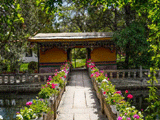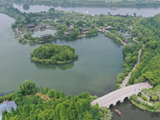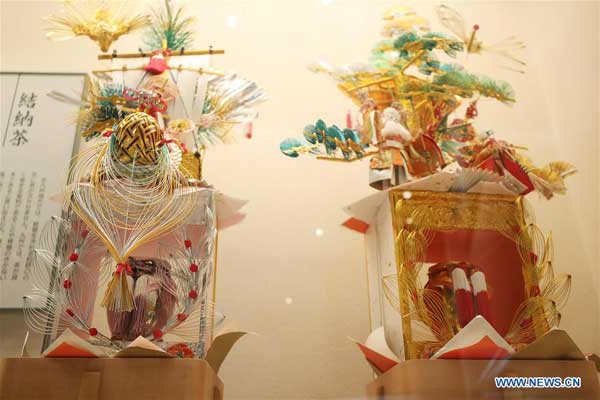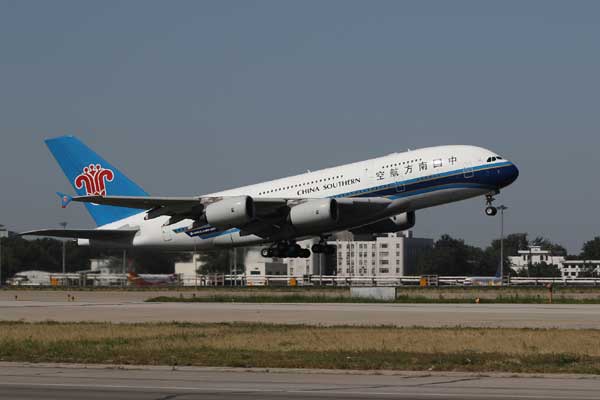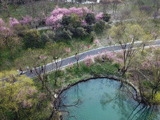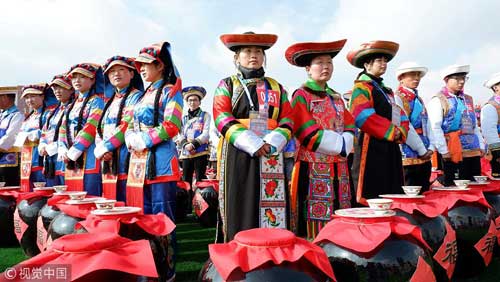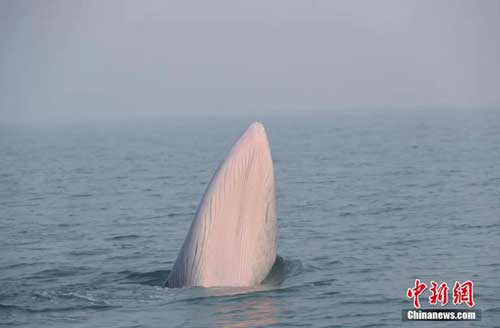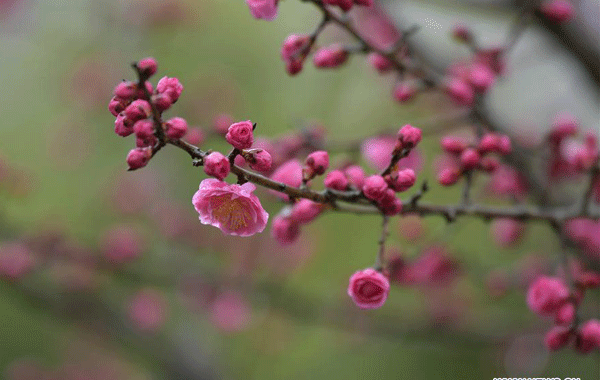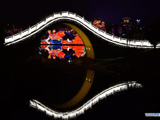The term originally refers to the texture of muscle, and later by extension it
refers to well-organized principles in things. As a literary term, it was first used
by Weng Fanggang, a Qing-dynasty scholar, to refer to two aspects: yili (义理
reasoning) and wenli (文理 structure). The former is about views or reasoning,
primarily concerning Confucian thinking and learning expressed in poetry;
whereas the latter represents texture of poetry, especially poetic structures,
metrical schemes and rhythms, and other techniques of writing. Scholars of
the Xingling School (School of Inner Self ) of the Ming and Qing dynasties
advocated rejecting dogmatic guidelines and expressing one's emotions and
thoughts in literary works, while adherents of the Shenyun School (School
of Elegant Subtlety) believed in subtlety and implicitness expressed through
poetry. Criticizing both literary trends, Weng promoted the principles and
techniques of the Song-dynasty poetry. In terms of yili, he emphasized the
need to follow classical Confucian tradition and erudition. In terms of wenli,
he advocated exquisite intricacy, attention to details, and graceful structures
with a great many variations, as well as the need to convey a substantive
message. During the reign of Emperor Qianlong and Emperor Jiaqing of the
Qing Dynasty, a boom in the study of Confucian classics and textual research
led to the emergence of the Jili School (School of Reasoning and Structure).
Weng advocated integration of form and content in poetry, thus promoting the
development of poetry based on classic learning. However, his overemphasis on
classic scholarliness in poetry was criticized by scholars of both his age and later
generations.



 ][
][ 


